In the segment, analysts Tara Oakes, Rachel Armstrong, and Don Durfee discussed recent political developments and compared strategies. During his campaign, Mr. Trump made clear promises to end the war swiftly, though he did not elaborate on the specific measures he would take. He also repeatedly criticized the amount of money and aid the U.S. has provided to Kyiv.
Potential scenarios
J.D. Vance, Mr. Trump’s vice-presidential candidate, has indicated that the plan might involve allowing Russia to retain much of the territory it has seized, while ensuring Ukraine will never join NATO. Other suggestions include establishing a ceasefire along the current front lines, pushing both sides to the negotiating table. For Ukraine, this could mean losing U.S. support if it refuses to negotiate. For Russia, it implies that failure to come to the table would prompt the U.S. to fully arm Ukraine for victory. In this scenario, Ukraine would not have to formally cede territory,
but fighting would cease, and the its NATO membership would be postponed for a certain period.
Ukraine's reaction
The Ukrainian government is making efforts to cooperate with Mr. Trump, but public sentiment in Ukraine remains pessimistic. As the war drags on, they face a difficult phase and predict further territorial losses and casualties, if Western support wanes.
Russia’s goals remain unchanged: defeating Ukraine and obtaining various security guarantees. According to the Reuters analysis, with its current position, Russia could pursue additional territorial gains over the winter before any negotiations can begin.
European leaders, meanwhile, seek a unified response but are divided on strategy. Mr. Orban, who has close ties with Mr. Trump, is pushing for an immediate ceasefire and radical change in Europe’s approach. However, other European leaders would prefer Ukraine to dictate the timing of negotiations while continuing to provide support. The collapse of the German government adds further uncertainty, raising questions about Europe’s ability to maintain sufficient financial and military support for Ukraine, the experts said.
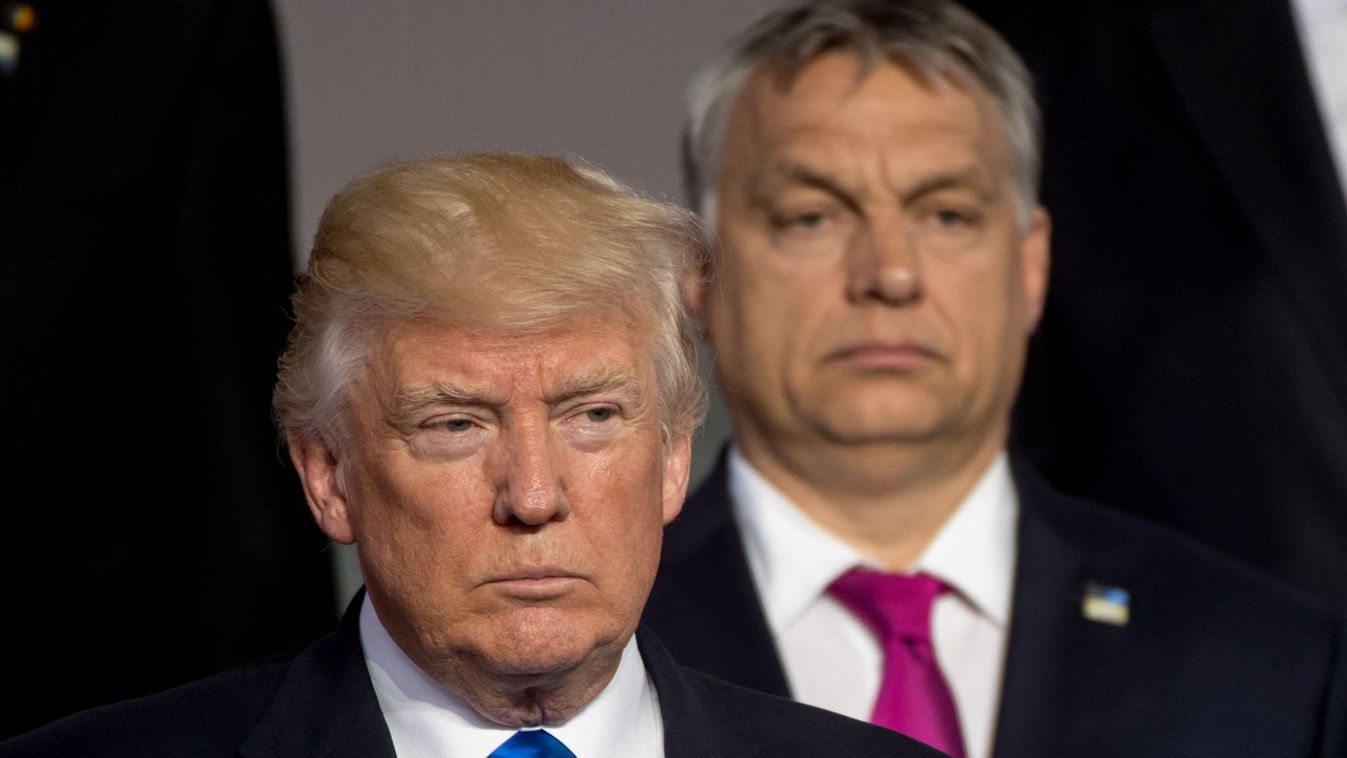
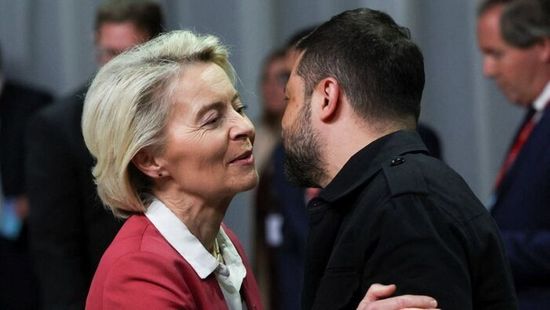
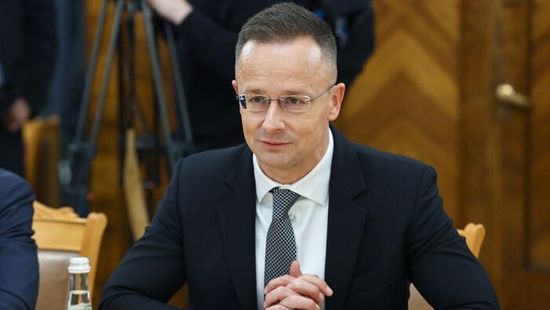
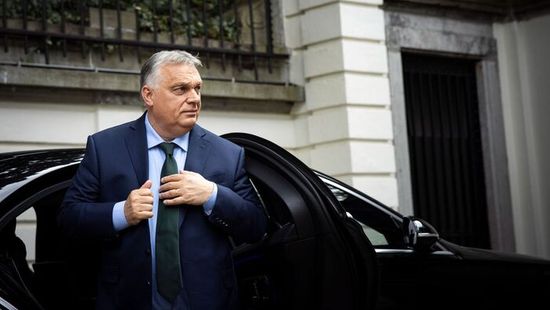


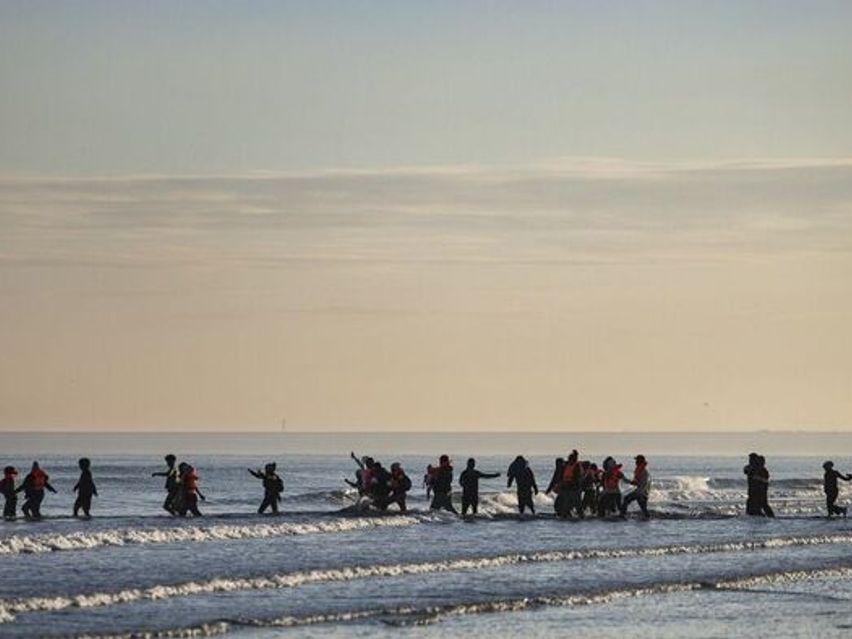
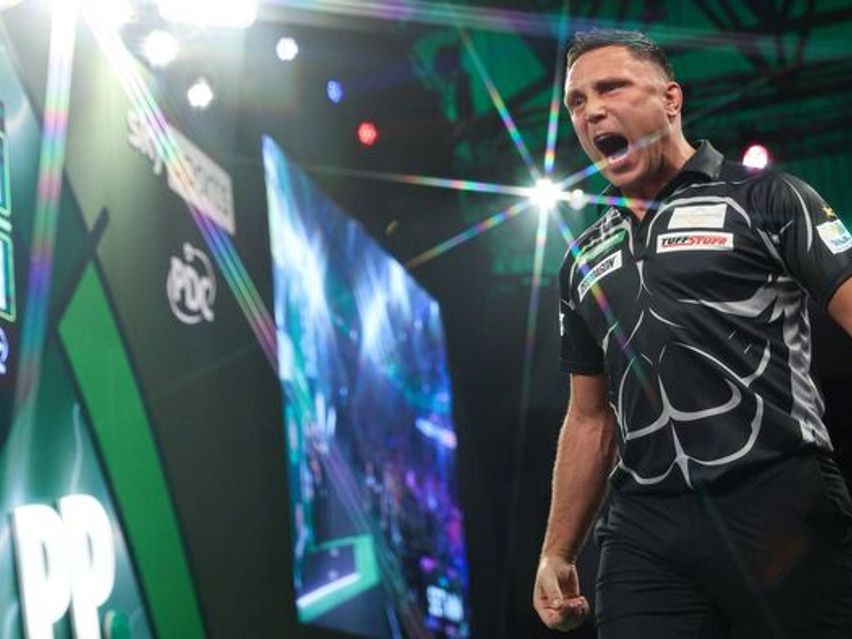
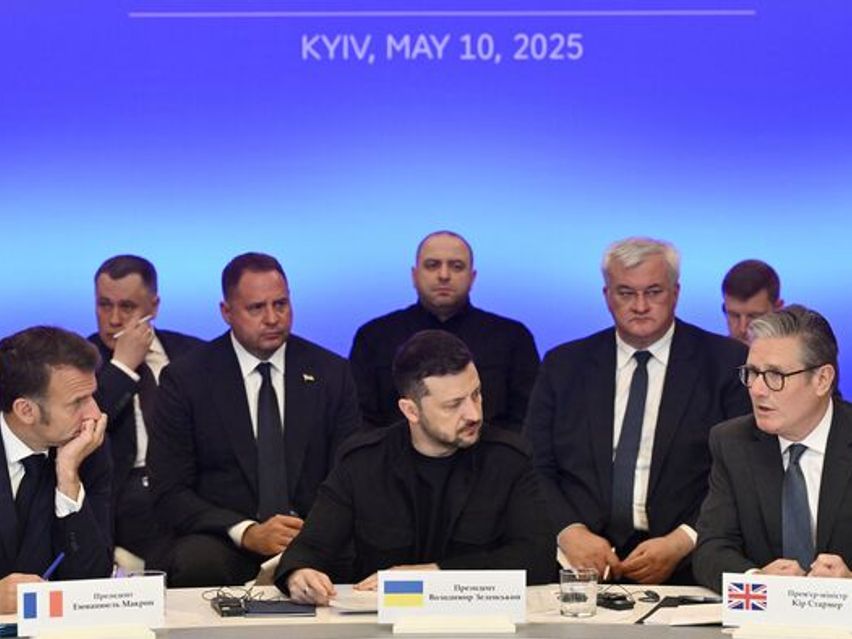


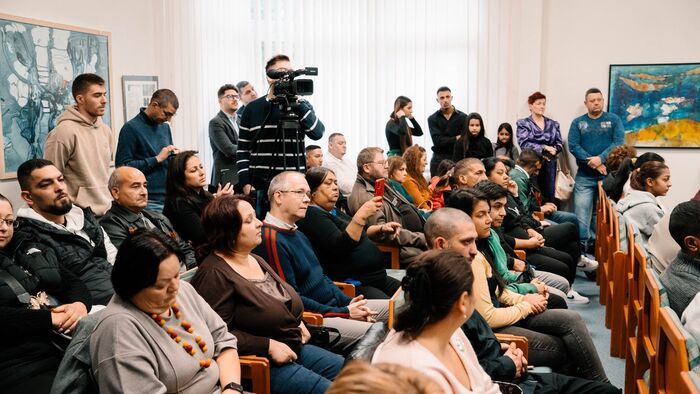

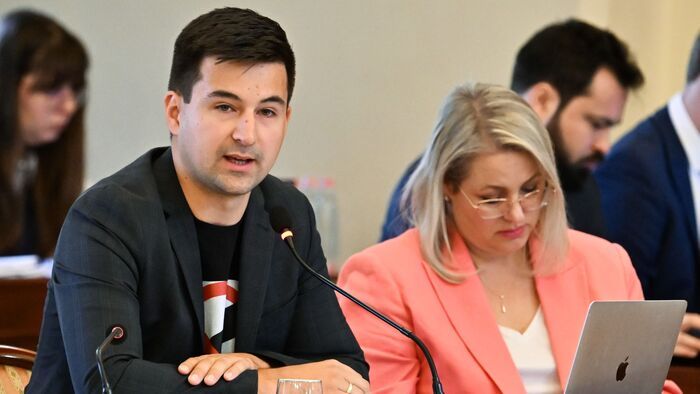
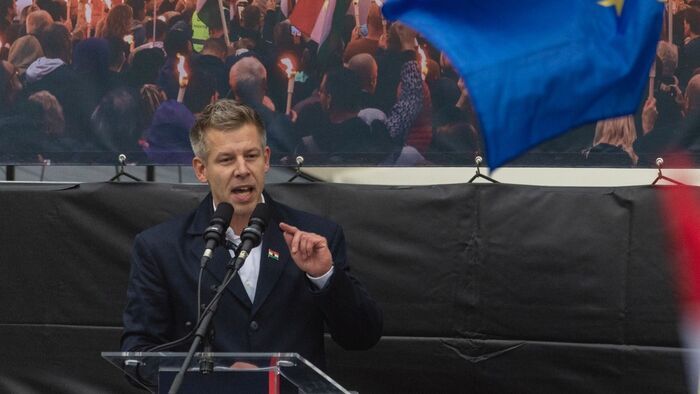
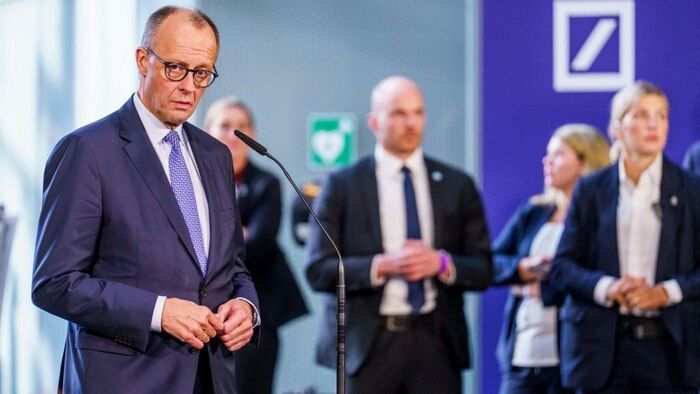
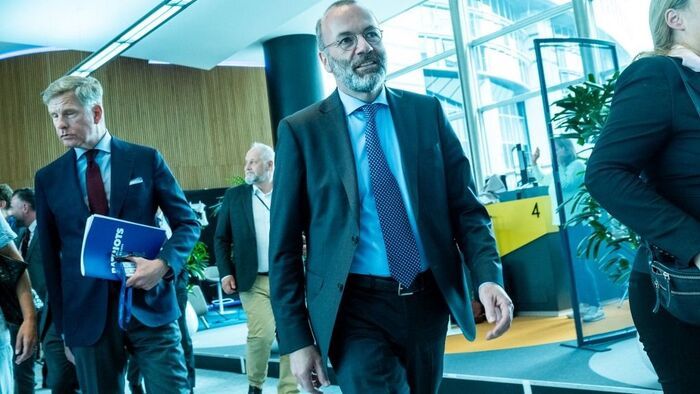



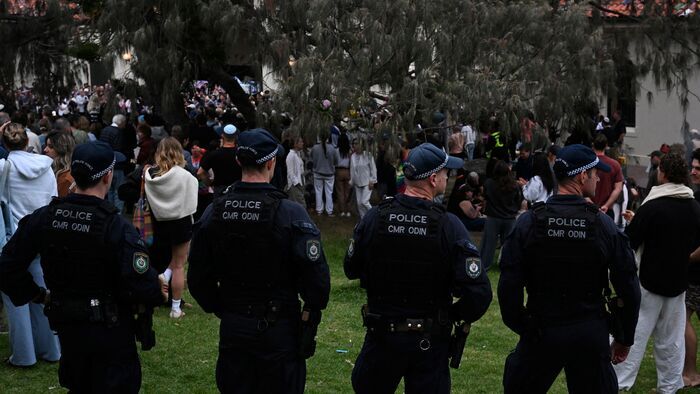
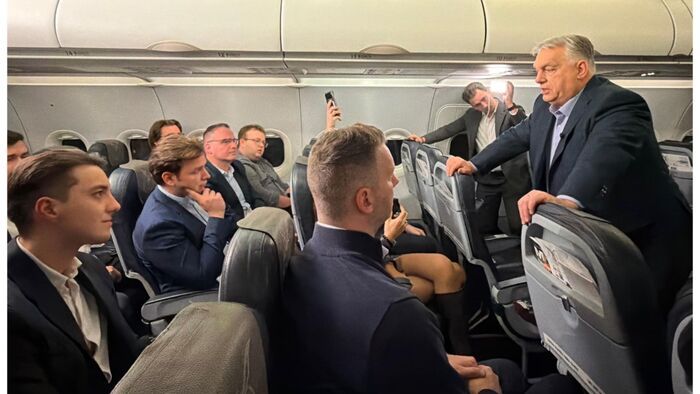

Szóljon hozzá!
Jelenleg csak a hozzászólások egy kis részét látja. Hozzászóláshoz és a további kommentek megtekintéséhez lépjen be, vagy regisztráljon!